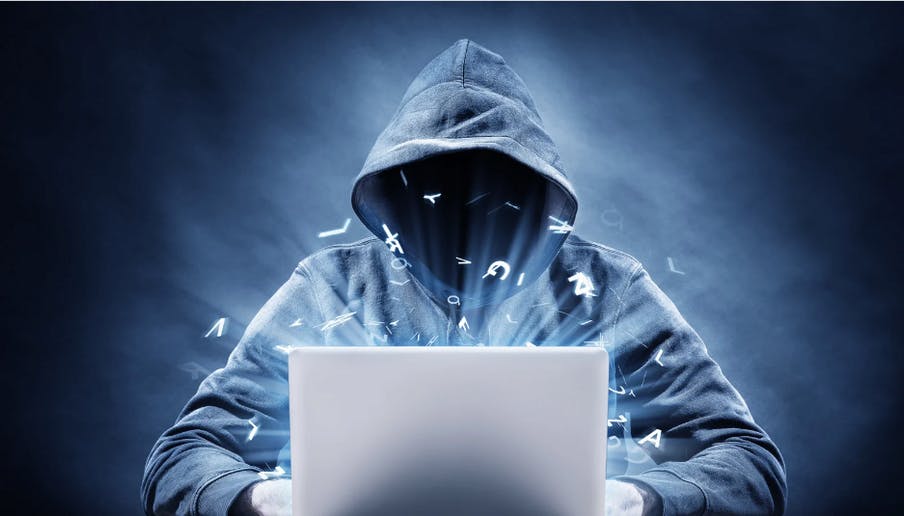You can’t fight what you don’t know. Detecting and assessing threats proactively is a powerful tool in the fight against disinformation and misinformation, especially when it comes to reducing the potential costs and losses stemming from a brand or reputation crisis. According to the Economist, in the eight largest brand crises between 2010-2018, on average enterprises lost 30% of their market capitalization after the crisis, when compared to a basket of its peers. By identifying false or misleading information in its early stages, you can effectively limit its spread, preserve consumer trust, and help inform your strategic crisis management planning and execution.
The cost of inaction is significant. Per public reporting, the average disinformation crisis can incur costs and losses of up to $10M and an estimated $9.54B is lost annually in reputation and brand value due to social media manipulation and disinformation. The good news? These crises often follow predictable patterns and can be identified early on before they become a real problem. Early detection and comprehensive risk assessment empowers leaders to make informed decisions that can mitigate the potential costs, damages, and adverse impacts of these threats. Here are some of the ways early detection can make the chaos and uncertainty of a disinformation attack more manageable:
- Reducing Costs
Whether you’re dealing with a short seller attack or a coordinated boycott attempt, early detection plays a pivotal role in limiting the costs and damages of disinformation and misinformation. For example, events like the Silicon Valley Bank failure (covered and analyzed by Alethea) earlier this year led to false, misleading, and damaging narratives that impacted the entire banking sector. Early identification of threat actors and dangerous content can allow for mitigation options like prebunking narratives, working with the press to expose influence operations campaigns, and potential legal action – all steps that can reduce the cost and damages of a crisis scenario.
- Preserving Trust and Credibility
Trust is in short supply yet its value continues to grow more important. Nefarious actors fuel false narratives and disinformation campaigns targeting the intangibles like brand, reputation, and consumer trust that Forrester Research estimates make up 80% of a company’s total market value. Early detection of damaging narratives can protect those key assets, ensuring that you don’t fall victim to crises that wipe out trust and credibility. A small resource investment into disinformation and misinformation protection can save millions in brand building, communications strategies and initiatives, and shareholder value.
- Crisis Prevention
With proactive monitoring and detection that goes beyond mainstream social media platforms, you can catch instances of online risk at their origin. From Alethea’s experience, monitoring sources like niche social media platforms, alternative forums and blogs, and other networks known for propagating disinformation, can give up to three weeks warning before threats turn into crises. One of the reasons these attacks are so effective is that businesses and organizations are unprepared and lack crisis management plans for dealing with weaponized information and disinformation. The first step of creating a crisis management plan? Early detection of threats.
- Understanding Context
Early warning is the “what,” context is the “so what.” Understanding where disinformation is coming from and precisely how far it has penetrated the discourse around your enterprise informs your response and actions. Not all disinformation needs a crisis communications response; in fact, overreacting or having too strong a response can inadvertently create a Streisand effect. Early detection paired with context about where and how the narrative is evolving helps you understand the scale of your problem, calibrate accordingly, and message to your internal stakeholders why you’re taking the actions you’re taking.
Why it Matters
The early detection of potentially dangerous narratives, content, and activity is critical as disinformation and misinformation crises continue to increase in sophistication and severity. The cost and risks of inaction are too high. When information gets weaponized and manipulated, it can cause significant damage to key assets like stakeholder trust and credibility, brand and reputation, and shareholder value. As we’ve seen over the past year with Bud Light, Silicon Valley Bank, the Ye (fka Kanye West) crisis, and the Pentagon Explosion hoax, crisis events have real world impacts. Although every scenario is different and there isn’t a one size fits all model, early detection and identification of threats is applicable to businesses across all industries and for every organization with an online presence.
